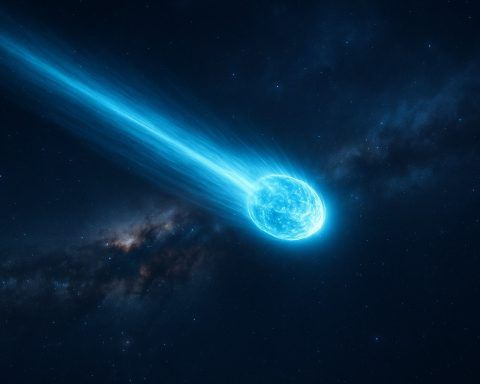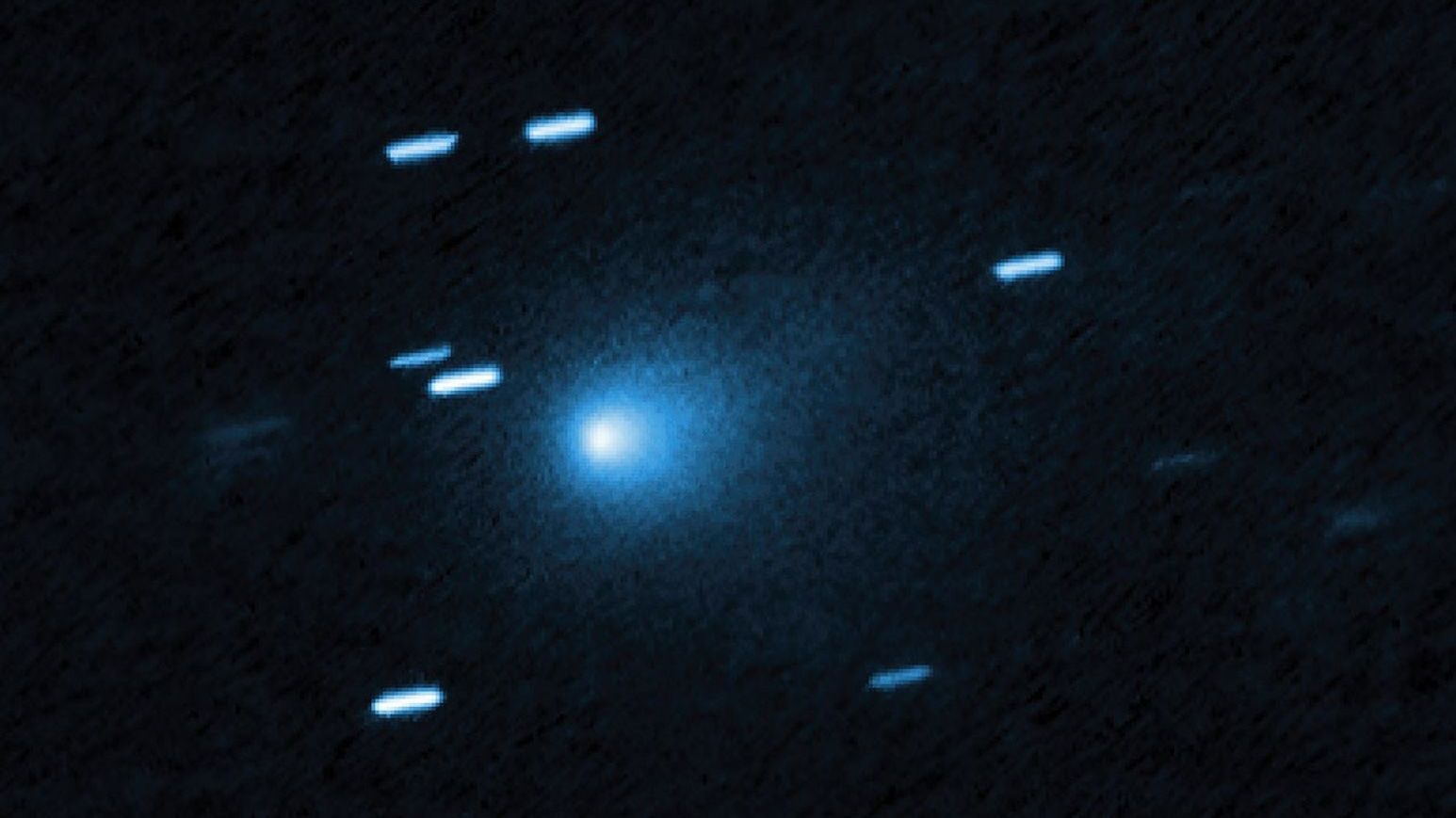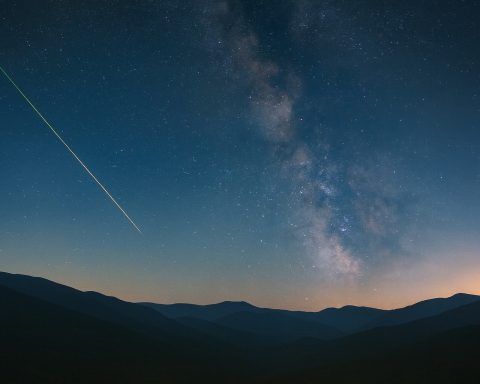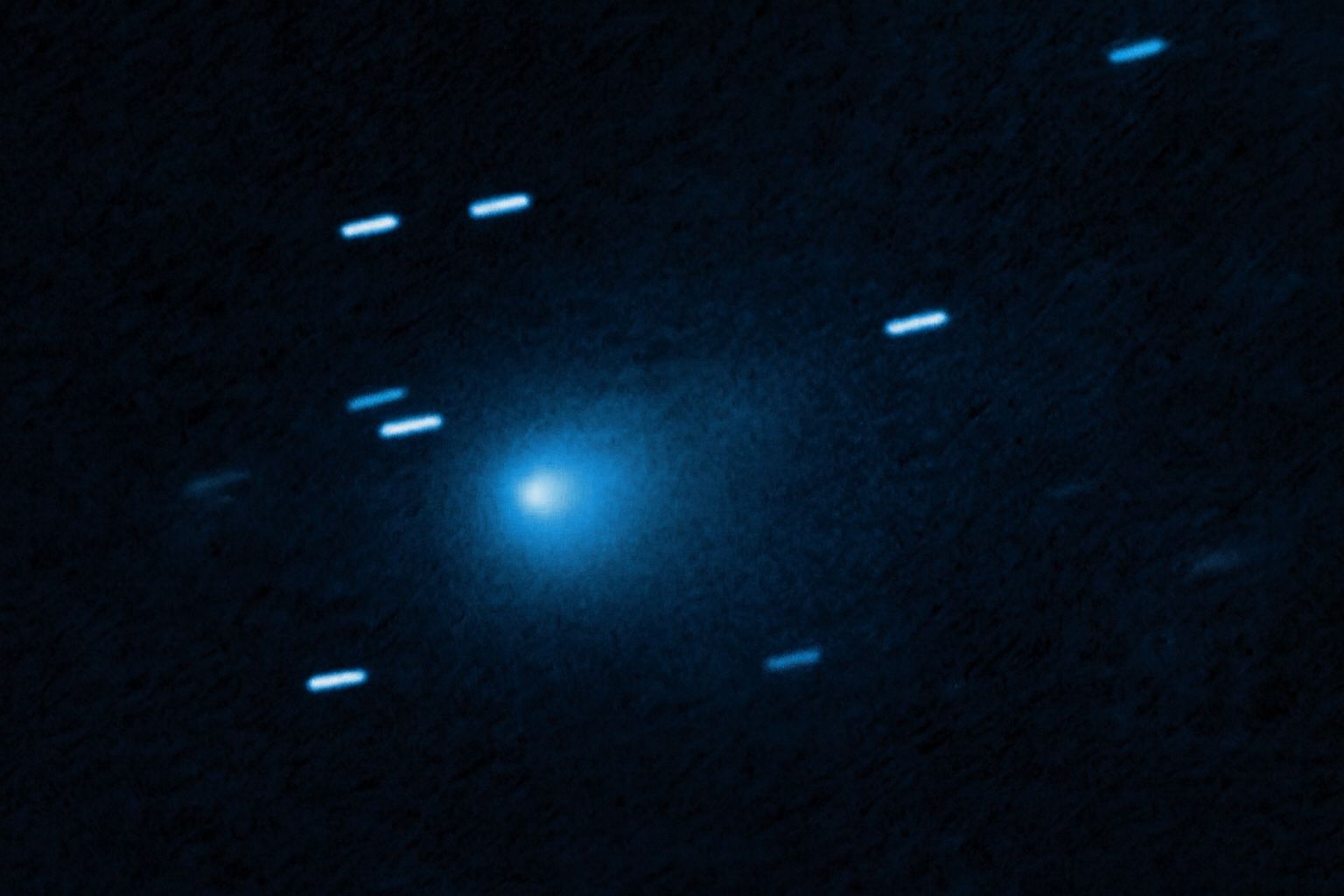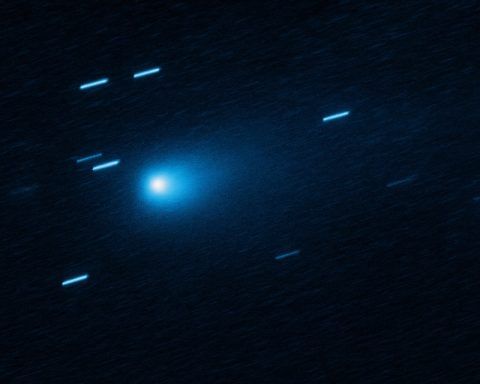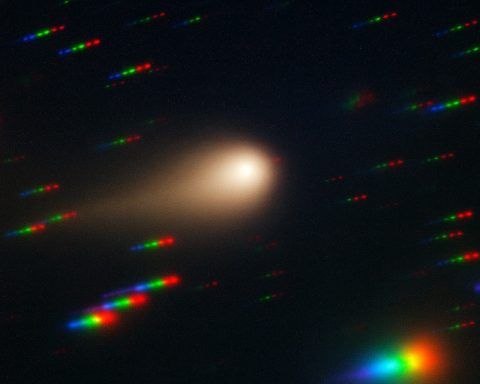
Interstellar Comet 3I/ATLAS Stuns Scientists with Surprising Bright Outburst and Ancient Origins
A Visitor From Beyond the Solar System In July 2025, astronomers discovered something extraordinary: a dim, fuzzy comet hurtling toward the inner solar system on a path not bound to the Sun. Follow-up observations confirmed this object – now named
